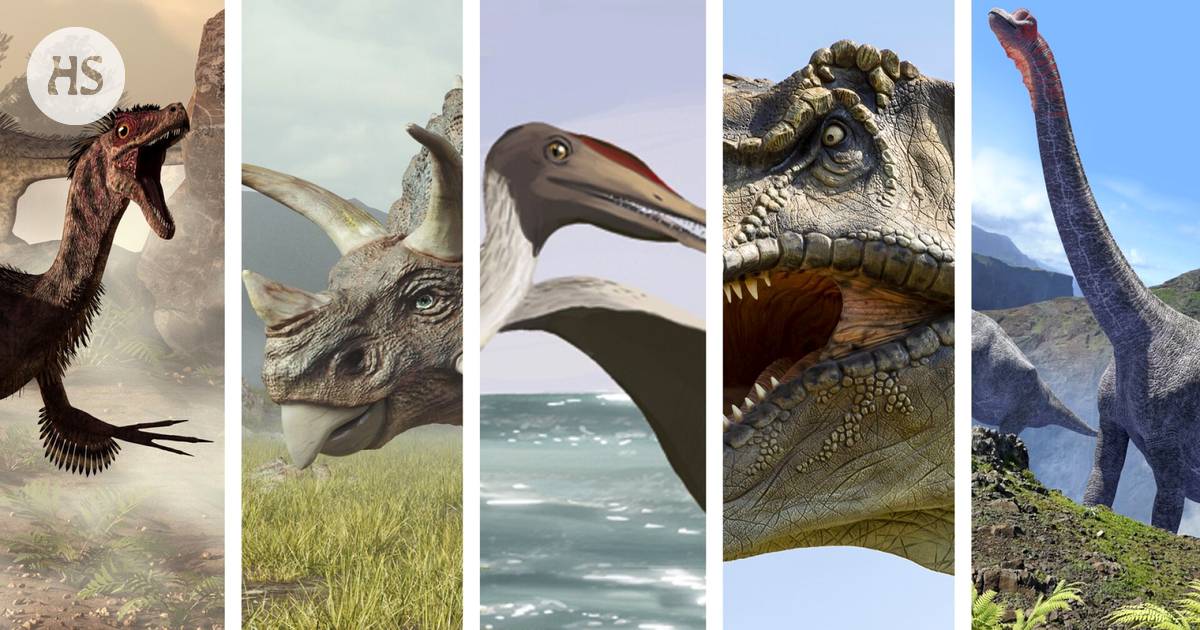Dinosaurs have been a source of fascination for science, museums, schools, children’s books and movies for years. Children are initially scared of these large creatures but soon grow to love them as they learn they are not a danger. The study of dinosaurs dates back to 1824 when the species was scientifically named for the first time with the megalosaurus being the first dinosaur to receive a name, meaning “big lizard”.
British palaeontologists celebrate February 20th as their “holiday” of dinosaurs. Since then, new species of dinosaurs have been named on average every two weeks, with many more still undiscovered across all continents. The naming of dinosaurs has evolved over time with names now reflecting various features of the creatures or honoring individuals or groups. However, issues such as colonialism, racism and sexism have been found in some names. There is a growing consensus among paleontologists to be more thoughtful and considerate in naming new dinosaur species focusing on descriptive characteristics rather than potentially controversial references.
The process of naming dinosaurs is currently undergoing scrutiny and potential revisions to ensure that names are appropriate and respectful. As research continues to uncover new dinosaur species it is essential to maintain a balance between scientific accuracy and cultural sensitivity in naming these fascinating creatures that continue to capture the imagination of people worldwide.


